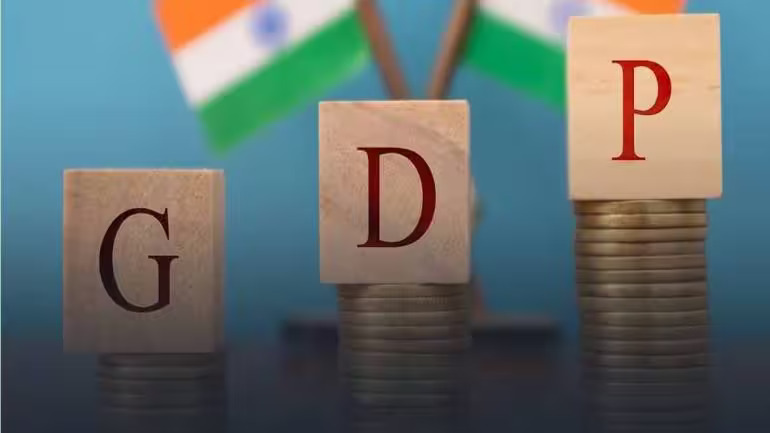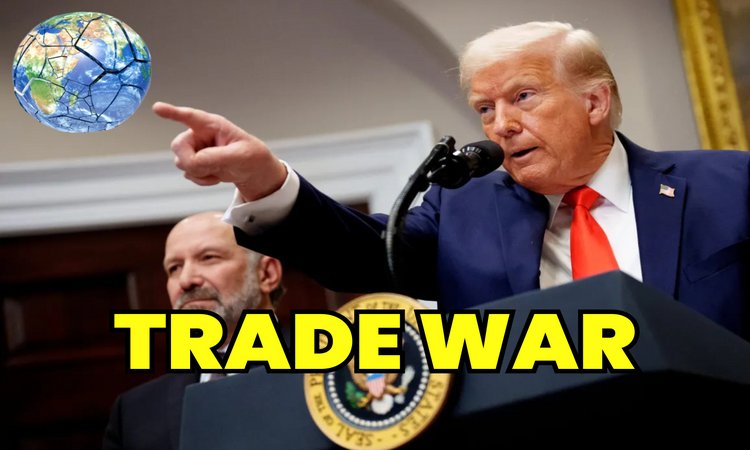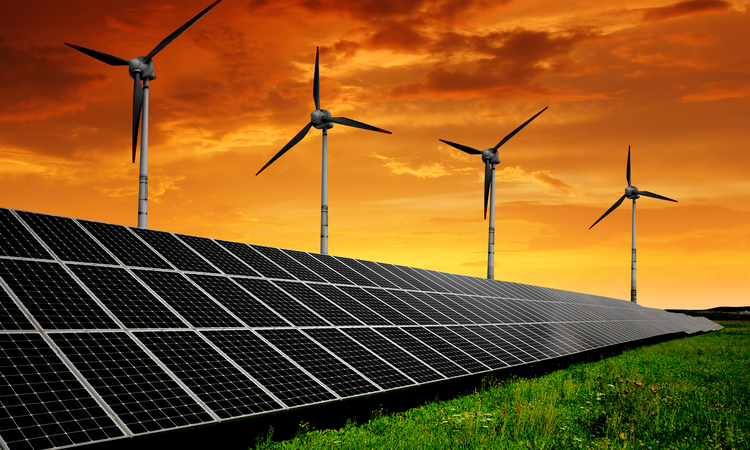A-Pac to contribute more than half of global GDP by 2030
05 Oct 2023
Europe and North America — combined — might see their contribution reduced to around 30 percent, even if the Indian and Chinese economies, the growth engines, slow down.

"The rise of Asia is unlikely to halt anytime soon,” said World Economics.
Despite projections that Asia-Pacific countries are set to make up more than 50 percent of global GDP by 2030, the bulk of the market-cap is currently with the US, Canada, and Europe, as the largest conglomerates and companies belong to the western nations. This opens up the possibility of large capital inflows into the Asia-Pacific region.
As of now, A-Pac contributes about 45 percent of world GDP, according to World Economics, an analytics organisation.
Ritesh Jain, co-founder, Pinetree Macro and a strategic advisor, said, "US, Canadian and European equities comprise about 56 percent of the global market-cap. Even though most large multinationals operate across borders, these firms are not as invested in Asia as they should be to take advantage of its growth momentum," and added that sovereign wealth funds, large multinationals, and global private equity funds will “invest huge capital to invest in businesses in Asia in the coming years to participate in this growth story."
Global GDP in 2030
Over the past decade, Asia's share of world GDP has risen from 38 to 45 percent. Using 10-year CAGR for projections, World Economics posited that Asia’s share might rise to exceed 50 percent by 2030, “if GDP growth differentials between the continents continue at anything like the rate established between 2012 and 2022.”
Percentage Share of Global GDP: 2030
In turn, Europe and North America — combined — might see their contribution reduced to around 30 percent. “An extraordinary change in a remarkably short space of time. Clearly, mostly a result of the furious growth seen in China and India over the period, but mirrored by rapid growth in many other Asian nations,” said World Economics.
Follow our market blog for all the live action
As economic trends have seen some disruption due to the pandemic, followed by the Russia-Ukraine geopolitical crisis, evidence of the current economic growth sustaining is less certain than usual, World Economics has reported.
Some data points note that the Indian and Chinese economies, the “great growth engines of the past decade,” are slowing down. However, despite the slowdown, economists do not believe the difference in growth rates between Asian emerging economies and developed western markets will disappear. “On trends visible to date, the rise of Asia is unlikely to halt anytime soon,” added World Economics.
Disclaimer: The views and investment tips expressed by experts on Moneycontrol.com are their own and not those of the website or its management. Moneycontrol.com advises users to check with certified experts before taking any investment decisions.
Despite projections that Asia-Pacific countries are set to make up more than 50 percent of global GDP by 2030, the bulk of the market-cap is currently with the US, Canada, and Europe, as the largest conglomerates and companies belong to the western nations. This opens up the possibility of large capital inflows into the Asia-Pacific region.
As of now, A-Pac contributes about 45 percent of world GDP, according to World Economics, an analytics organisation.
Ritesh Jain, co-founder, Pinetree Macro and a strategic advisor, said, "US, Canadian and European equities comprise about 56 percent of the global market-cap. Even though most large multinationals operate across borders, these firms are not as invested in Asia as they should be to take advantage of its growth momentum," and added that sovereign wealth funds, large multinationals, and global private equity funds will “invest huge capital to invest in businesses in Asia in the coming years to participate in this growth story."
Global GDP in 2030
Over the past decade, Asia's share of world GDP has risen from 38 to 45 percent. Using 10-year CAGR for projections, World Economics posited that Asia’s share might rise to exceed 50 percent by 2030, “if GDP growth differentials between the continents continue at anything like the rate established between 2012 and 2022.”
Percentage Share of Global GDP: 2030
In turn, Europe and North America — combined — might see their contribution reduced to around 30 percent. “An extraordinary change in a remarkably short space of time. Clearly, mostly a result of the furious growth seen in China and India over the period, but mirrored by rapid growth in many other Asian nations,” said World Economics.
Follow our market blog for all the live action
As economic trends have seen some disruption due to the pandemic, followed by the Russia-Ukraine geopolitical crisis, evidence of the current economic growth sustaining is less certain than usual, World Economics has reported.
Some data points note that the Indian and Chinese economies, the “great growth engines of the past decade,” are slowing down. However, despite the slowdown, economists do not believe the difference in growth rates between Asian emerging economies and developed western markets will disappear. “On trends visible to date, the rise of Asia is unlikely to halt anytime soon,” added World Economics.
Disclaimer: The views and investment tips expressed by experts on Moneycontrol.com are their own and not those of the website or its management. Moneycontrol.com advises users to check with certified experts before taking any investment decisions.
Similar articles



